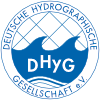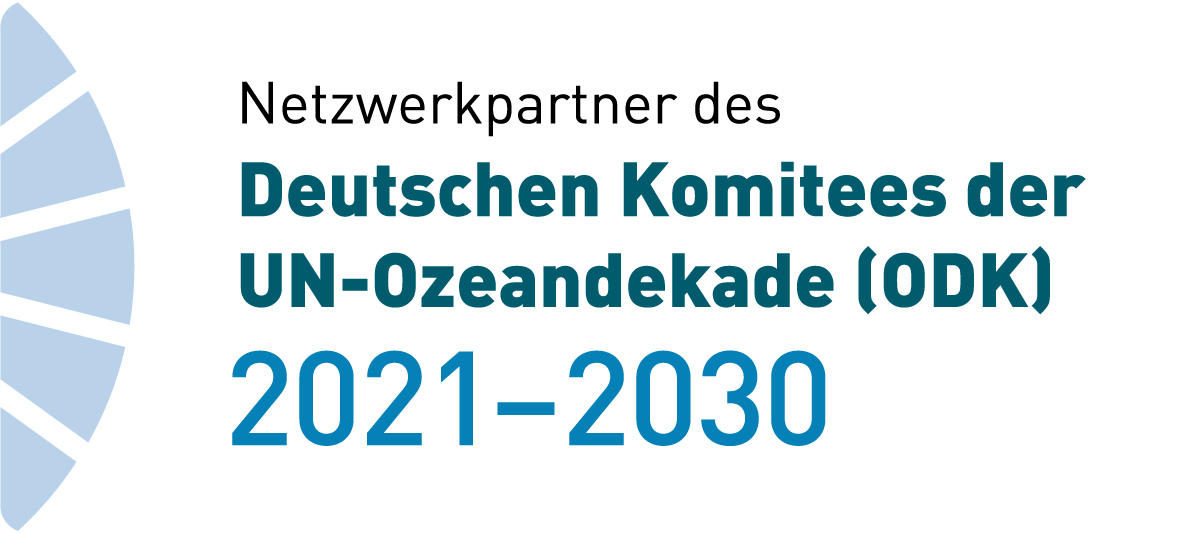HN Ausgaben wählen
- HN 132 (9)
- HN 131 (17)
- HN 130 (10)
- HN 129 (8)
- HN 128 (10)
- HN 127 (6)
- HN 126 (10)
- HN 125 (11)
- HN 124 (8)
- HN 123 (10)
- HN 122 (9)
- HN 121 (10)
- HN 120 (7)
- HN 119 (10)
- HN 118 (7)
- HN 117 (10)
- HN 116 (14)
- HN 115 (10)
- HN 114 (6)
- HN 113 (10)
- HN 112 (7)
- HN 111 (9)
- HN 110 (9)
- HN 109 (11)
- HN 108 (8)
- HN 107 (9)
- HN 106 (7)
- HN 105 (14)
- HN 104 (6)
- HN 103 (11)
- HN 102 (8)
- HN 101 (9)
- HN 100 (13)
- HN 097 (1)
»I want nothing less than all the physics of the sea chart« – An academic discussion with Mathias Jonas
Dr. Mathias Jonas is Vice President of the Federal Maritime and Hydrographic Agency. The 55 year old National Hydrographer of Germany and Managing Director of the department »Nautical Hydrography« is responsible for national activities in wreck search, sea survey and the issue of related nautical publications. He represents those tasks in various organs of the International Maritime Organization (IMO) and the International Hydrographic Organization (IHO). In the interview with Hydrographische Nachrichten the expert for electronic sea charts talks about his preference for paper and about the future of the printed sea chart. And he believes that dealing with the ocean awakes the good in man.
National Hydrographer | IHO | Baltic Sea | S-100 | universal hydrographic data model | standards | sea chart | paper chart
- Ausgabe: HN 105 Seite: 6–11
- DOI: 10.23784/HN105-01
- Autor/en: Mathias Jonas, Lars Schiller, Thomas Dehling
»Algorithmen durchpflügen die Welt« – Ein Wissenschaftsgespräch mit Jens Schneider von Deimling
Jens Schneider von Deimling hat Geologie studiert und in Geophysik promoviert. Der 39-jährige Forscher ist Experte für Gasaustritte, die er mit hydroakustischen Methoden detektiert. Nach Stationen am Geomar und am IOW ist er seit Anfang des Jahres an der Christian-Albrechts-Universität zu Kiel beschäftigt. Dort bringt er den Studierenden bei, wie man Fächerecholote verwendet und die Daten auswertet. Ein Gespräch über seine Studienjahre, exzellente Forschung und gute Lehre sowie über den Mikrokosmos Forschungsschiff.
Christian-Albrechts-Universität zu Kiel | Geomar | Gasaustritte | Methan-Seepage | Ozean der Zukunft | Lehre | Backscatter-Analyse | Umweltmonitoring | Meeresbodenklassifikation | Peer Review | HYDRO 2016
- Ausgabe: HN 104 Seite: 28–33
- DOI: 10.23784/HN104-06
- Autor/en: Jens Schneider von Deimling, Lars Schiller
Bestimmung von Durchfahrtshöhen an Kanalbrücken mittels Laserscanning
Zu den Aufgaben der Wasser- und Schifffahrtsverwaltung zählt die Ermittlung und Dokumentation von maximalen Durchfahrtshöhen an Kanalbrücken. Aktuell werden die entsprechenden Daten vergleichsweise aufwendig und punktuell per Nivellement erfasst. In Kooperation mit dem Wasser- und Schifffahrtsamt in Duisburg-Meiderich wurde ein Verfahren entwickelt, die Durchfahrtshöhen aus Laserscanningdaten abzuleiten. Zwei unterschiedliche Systeme, ein Zoller + Fröhlich Imager 5010 C sowie eine Leica Nova MS50, wurden verglichen.
Brückendurchfahrtshöhe | Nivellement | Laserscanning | Leica Nova MS50 | Zoller + Fröhlich Imager 5010 C
- Ausgabe: HN 104 Seite: 25–27
- DOI: 10.23784/HN104-05
- Autor/en: Kathrin Reifer
Automatische Erkennung von Objekten in der Wassersäule
Multibeam-Sonare wie die hier verwendeten ELAC SeaBeam 3030 und 3050 werden schon seit Längerem nicht mehr nur zur Bathymetrie, sondern auch zur Speicherung von Daten der Wassersäule (Water Column Imaging – WCI) mit großen Öffnungswinkeln und hoher Auflösung verwendet. Diese Daten eignen sich dazu, Objekte in der Wassersäule aufzuspüren. Da es sehr aufwendig ist, wenn Menschen die Überwachung oder Analyse der Sonardaten durchführen, ist der Bedarf nach einer automatischen Erkennung von Objekten in der Wassersäule groß. Insbesondere die Erkennung von Gasfahnen submariner Gashydrate ist von Bedeutung. Hierzu wurde in der Bachelorarbeit »Automatische Erkennung von Objekten in der Wassersäule mit Hilfe von Tracking-Algorithmen«, die bei Wärtsilä ELAC Nautik durchgeführt wurde, eine entsprechende Software maßgeblich entwickelt.
WCI | Fächerecholote | Gasaustritte | Objekterkennung | Automatic Object Detector | Clustering | Gating
- Ausgabe: HN 104 Seite: 20–24
- DOI: 10.23784/HN104-04
- Autor/en: Oskar Kriwat
Spatial and temporal analysis of gas seep activity in Eckernförde Bay
Highly elevated methane concentrations in Eckernförde Bay bottom waters during a ship cruise with RV »Alkor« (AL447) raised attention. Earlier studies focused on pockmarks and groundwater seepage to be a possible driver controlling methane concentration in the water column. This thesis presents high-resolution bathymetry data for three pockmark clusters, high-frequency sub-bottom profiles for methane-rich sediments, a spatial activity distribution grid of gas seepage and a time series of in situ monitored gas seepage events. It aims to analyse pockmark morphology, estimate the spatial distribution of shallow gas accumulations, examine the spatial and temporal activity of gas seepage, find possible trigger mechanism and estimate a gaseous methane flux to the water column of Eckernförde Bay.
Gas seepage | methane | multibeam bathymetry | pockmarks | water column data
- Ausgabe: HN 104 Seite: 16–19
- DOI: 10.23784/HN104-03
- Autor/en: Arne Lohrberg


